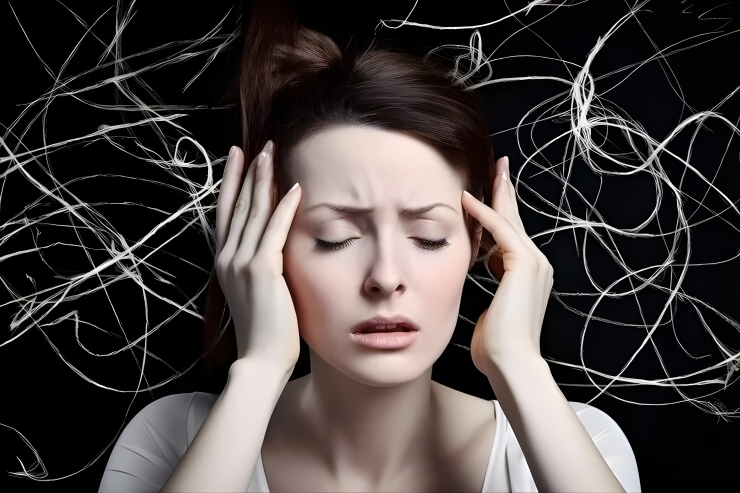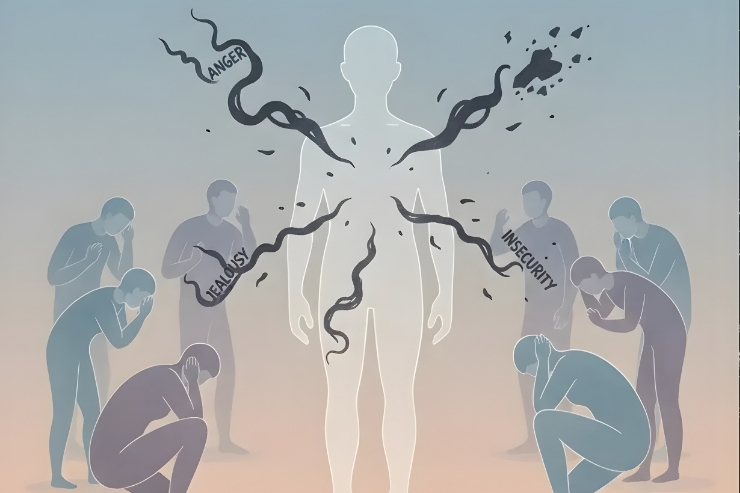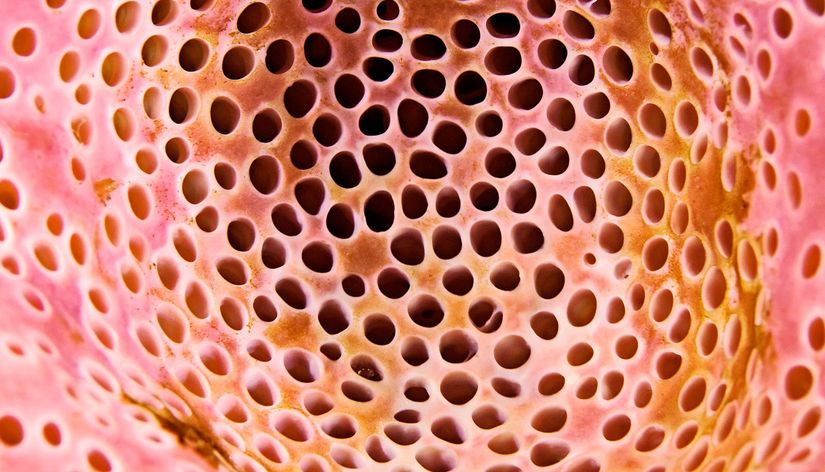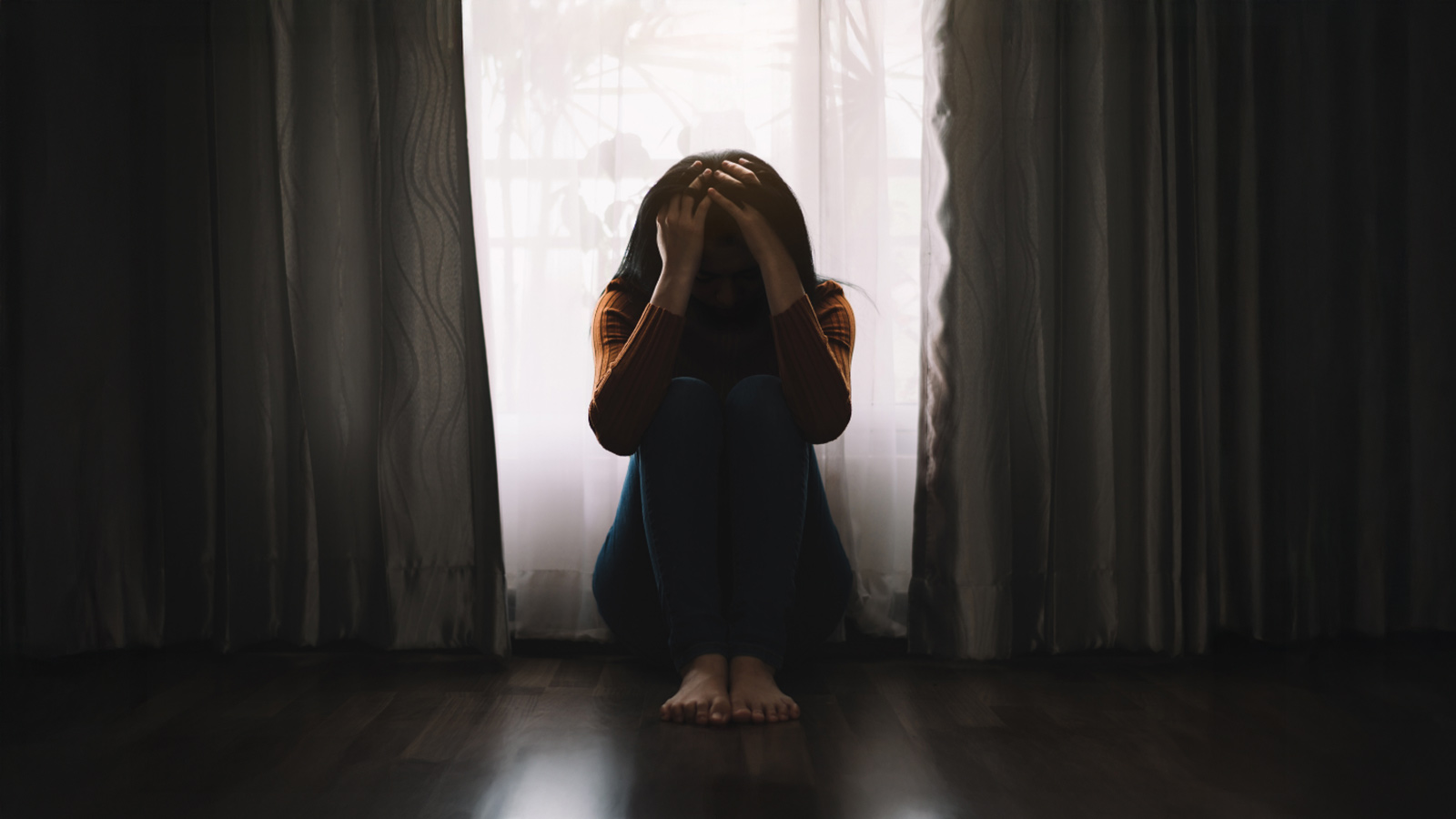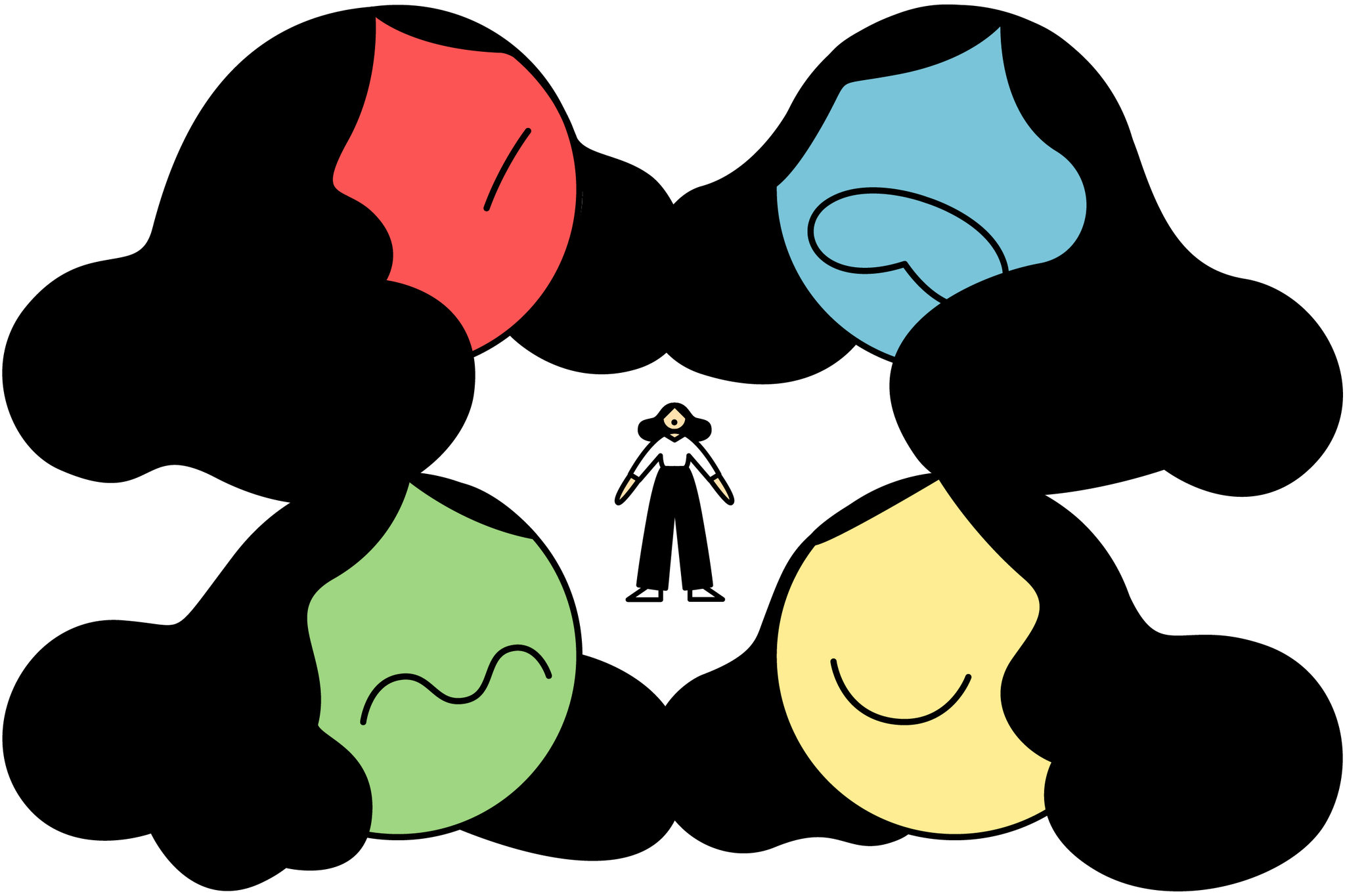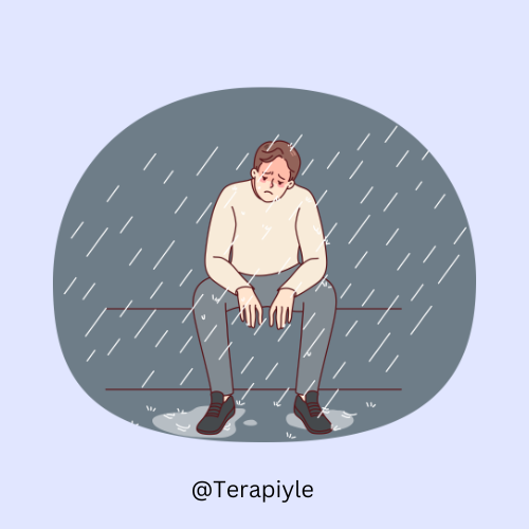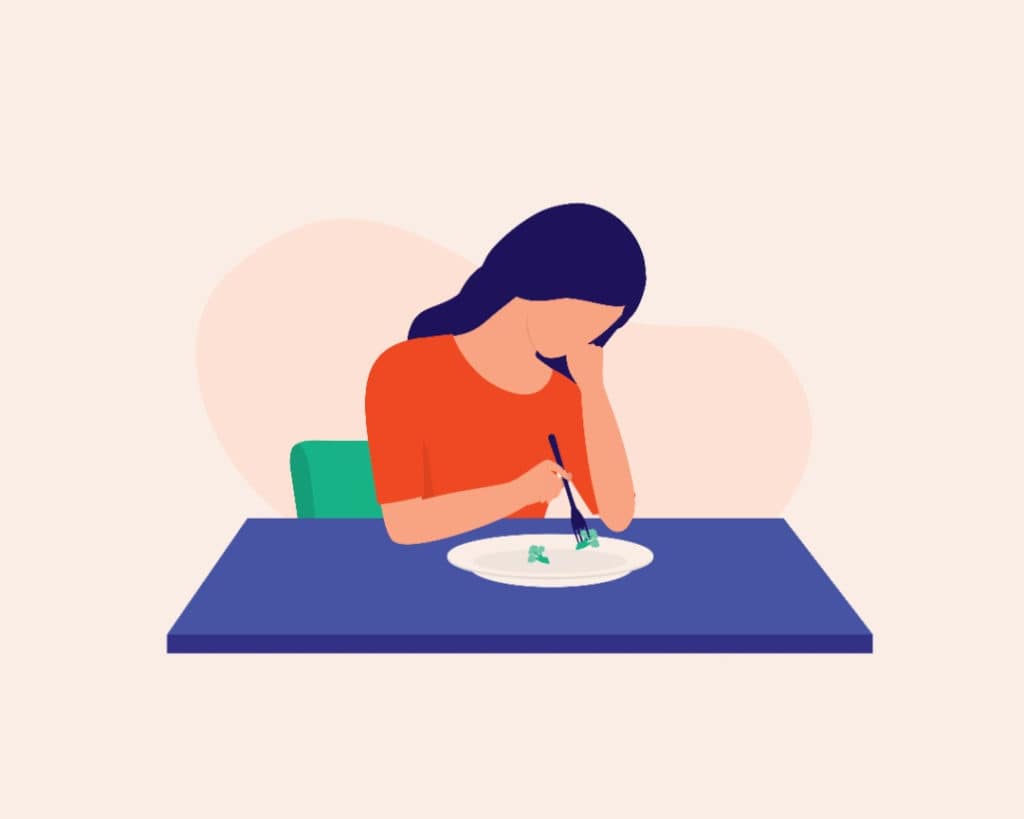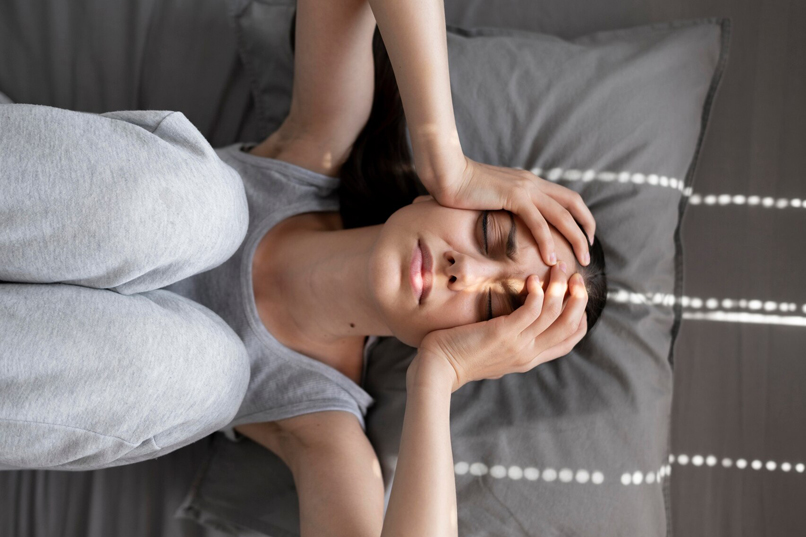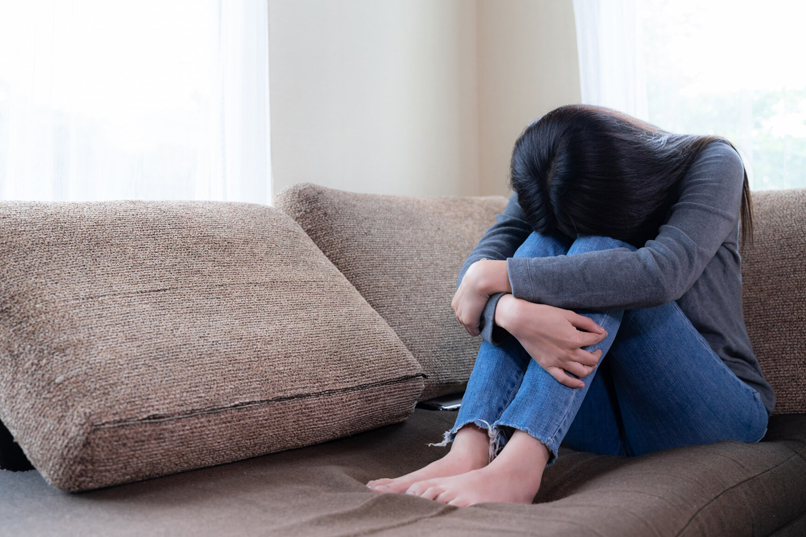Maladaptive Daydreaming: Understanding the Condition
Many people occasionally lose focus due to daydreaming. However, for some individuals, this behavior can negatively affect their daily lives. This is where the term "maladaptive daydreaming" comes into play. In this article, we will provide detailed information about the symptoms, causes, and solutions of maladaptive daydreaming.
What Is Maladaptive Daydreaming?
Maladaptive daydreaming occurs when a person frequently and intensely daydreams, weakening their connection to the real world. Individuals may lose themselves in their fantasy world, neglecting daily responsibilities. This often happens to achieve emotional satisfaction and can be associated with psychological disorders such as anxiety.
Symptoms
Maladaptive daydreaming can manifest with several symptoms that impact one’s quality of life:
- Intense and frequent daydreaming: Spending a significant portion of the day lost in fantasies.
- Detachment from reality: Neglecting real-life events and responsibilities.
- Emotional satisfaction: Feeling pleasure during daydreams, leading to escapism.
- Loss of time: Spending excessive time daydreaming.
- Emotional issues: Conditions like anxiety, depression, or low self-esteem often accompany this behavior.
Causes
There are several potential causes of maladaptive daydreaming, including:
- Mental health disorders: Conditions such as anxiety and depression may encourage escapism into fantasy.
- Stress: Everyday stress can increase the urge to daydream.
- Anxiety disorders: Social discomfort may push individuals toward mental escape through imagination.
- Loneliness: A lack of social relationships may lead people to retreat into their imagination.
- Creativity: Highly creative individuals may develop complex and immersive fantasies.
Related Disorders
Maladaptive daydreaming is often linked to other psychological disorders:
- Attention Deficit Hyperactivity Disorder (ADHD): Individuals with attention difficulties may be more prone to daydreaming.
- Bipolar Disorder: Frequent mood changes can lead to increased daydreaming episodes.
- Autonomic Nervous System Dysregulation: Problems in bodily regulation may correlate with daydreaming tendencies.
Solutions
Although managing maladaptive daydreaming can be challenging, several strategies can help:
- Therapeutic support: Psychotherapy can help individuals understand and manage their condition.
- Mindfulness and meditation: Focusing exercises can improve mental control.
- Establishing routines: Organizing daily activities can reduce daydreaming time.
- Writing therapy: Expressing emotions and thoughts through writing can help manage internal experiences.
- Physical activity: Exercise can reduce stress and improve concentration.
Conclusion
Maladaptive daydreaming can negatively affect both mental health and social life. If you are experiencing similar issues, consider seeking professional help. While daydreaming is a natural part of being human, excessive imagination can become problematic. By addressing the underlying issues, you can move toward a healthier and more balanced life.



















